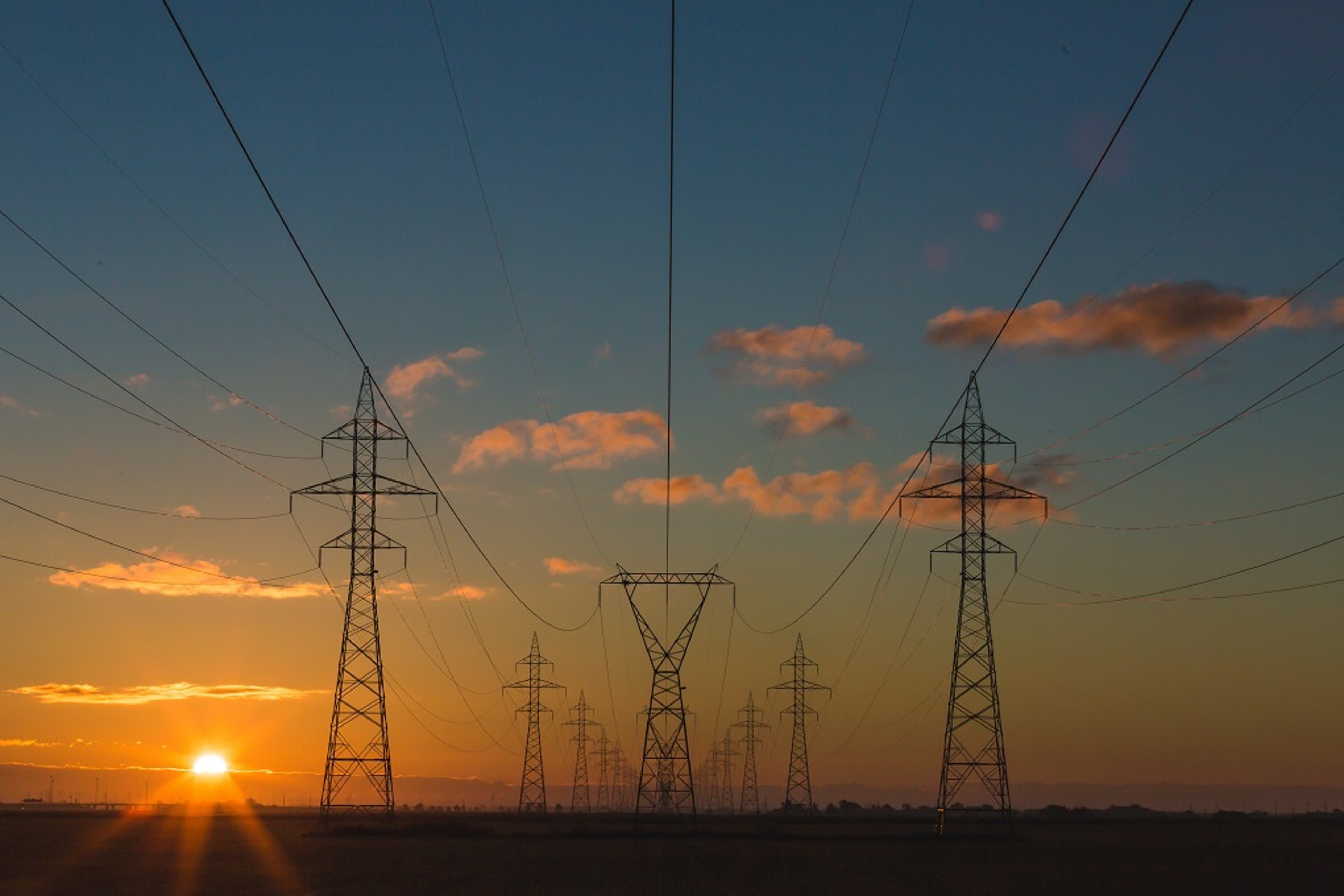Advertising technology is the main revenue stream forming the economic connective tissue of the internet. But as the world struggles to transition from fossil fuels to create energy, what that energy powers is drawing more and more scrutiny.
This reality led Barcelona artist and digital researcher Joana Moll to ask: What is the carbon footprint from the advertising and cookie tracking infrastructure?
For the last six months, Moll, with a team of researchers at Barcelona University’s Supercomputing Center, explored this question.
The result was the Carbolytics Project, which calculated the carbon cost of browsing cookies contained in the top 1 million most-viewed websites on the internet produced 11,442 metric tons of carbon dioxide per month due to the energy consumption for the computing power to maintain them. Each website left more than 21 million cookies per visit belonging to 1,200 companies, which equaled more than 197 trillion cookies created per user, per month.
Moll said that is equivalent to the carbon footprint of a small European city of roughly 30,000 people in the same month-long timespan. Additionally, the Carbolytics carbon emission data are rough calculations intended to serve as a baseline for future research attempting to further quantify the carbon costs of digital life as the climate crisis worsens, Moll said.
“Adtech is the primary business model of the internet, yet we know very little about how it actually works,” Moll said. “We’re in an environment now where we’re having discussions on the initial stage of data extraction, which is personal privacy, and that’s important. But we’re not yet talking about carbon cost of personal data extraction and tracking cookies.”
The project is a visual representation of all the cookies located on the top 1 million viewed websites. When a user visits the project, they are bombarded with thousands of logos they can click on and it will tell them what the cookie is, how many websites it is located on, and the amount of carbon emitted to power it.
“I wanted to create an overwhelming representation, because the adtech system is overwhelming and it’s nonstop,” Moll said. “You’re supposed to get the impression that these cookies waste a lot of energy.”
Moll said one of the most striking discoveries in her research was that she found the cookies that ask European Union users for their consent to the use of cookies, were the third-most carbon intensive of millions of cookies on a given website.
“So, to protect your privacy, you’re adding another layer of carbon dioxide into the atmosphere,” Moll said. “No cookie should be created before a user gives consent. The (adtech) industry is hard to regulate because policy makers don’t understand how it works on a technical level, and it changes so fast, ordinary people won’t know where to go to begin to understand how this all works.”
Carbolytics was not Moll’s first exploration of measuring the carbon costs of life online. In 2019, Moll, set out to measure the carbon cost of purchasing a book for herself through Amazon in a project titled, “The Hidden Life of an Amazon User.”
In that project, to buy an item on Amazon, Moll discovered a user is taken through 12 interfaces with a litany of code on the back end. She found the code contained more than 1,300 requests to different scripts and documents, and totaled 87.33 megabytes, or more than 8,700 pages when printed. The energy needed to load those 12 web interfaces and each one’s fragments of code equaled approximately 30 watt hours of electricity.
Therefore, Moll said claims by major multinational companies, such as Amazon, that have pledged to become “carbon neutral” by a certain date obfuscate the fact they are actually offloading much of their carbon costs onto consumers.
“A company may claim they are becoming carbon neutral, but you have to realize they are only becoming carbon neutral in their operations that they have direct control over,” Moll said. “However, a lot of their infrastructure online isn’t theirs, so the consumer is bearing that carbon cost instead of the company. So, claims a company is becoming carbon neutral are essentially not true.”
Moll said there is one major omission from Carbolytics, which was that all of her calculations do not include the carbon costs of mobile application tracking cookies. She said including such data would’ve made the project too onerous, but had they been, the carbon footprint of browsing cookies would have been significantly higher.
“The real carbon cost could be 11,000-times larger because we didn’t measure app activity,” Moll said. “So, it’s important to realize this is just the very tip of the iceberg. This is a new layer in the fight for digital rights — to understand the carbon cost of this whole industry.”
Photo by Matthew Henry on Unsplash


